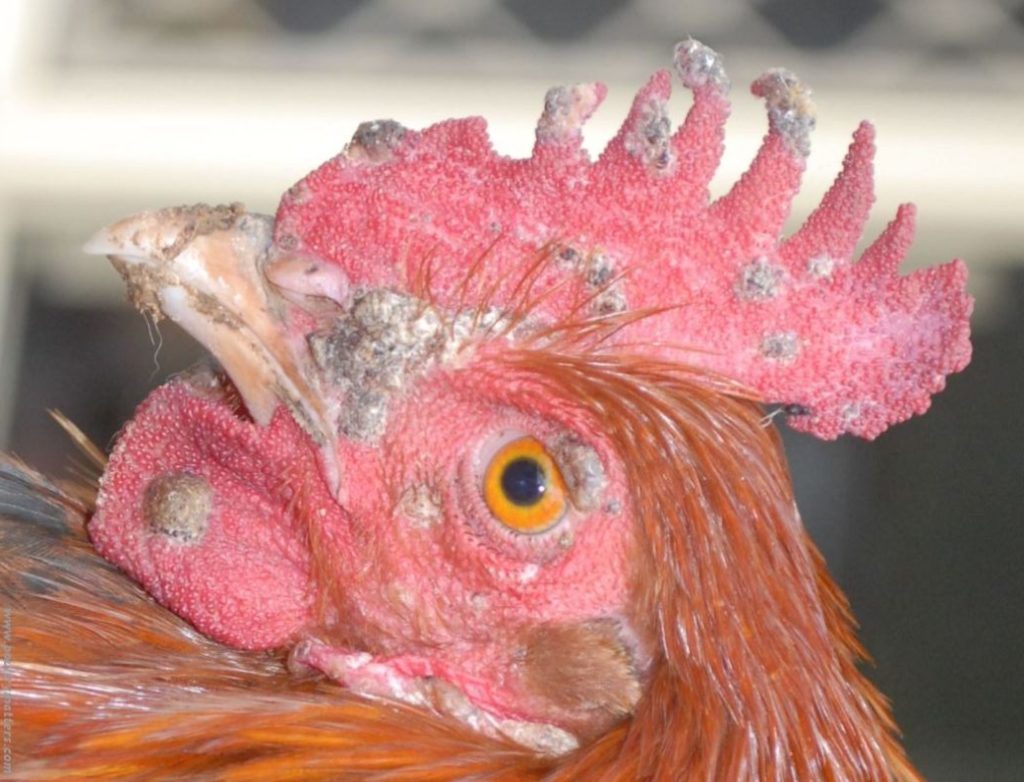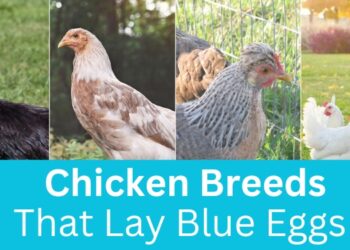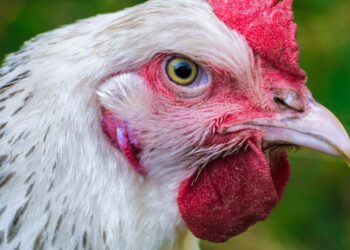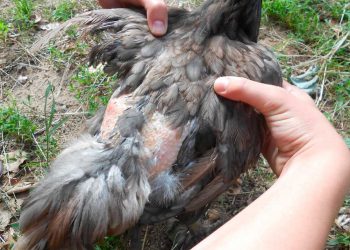The disease snot is a respiratory disease in chickens with various inflammations. Including the nasal cavity, the eye cavity, and the membranes of the eyes. This chicken disease is caused by the bacterium Mycoplasma gallisepticum and is therefore also called Mycoplasma.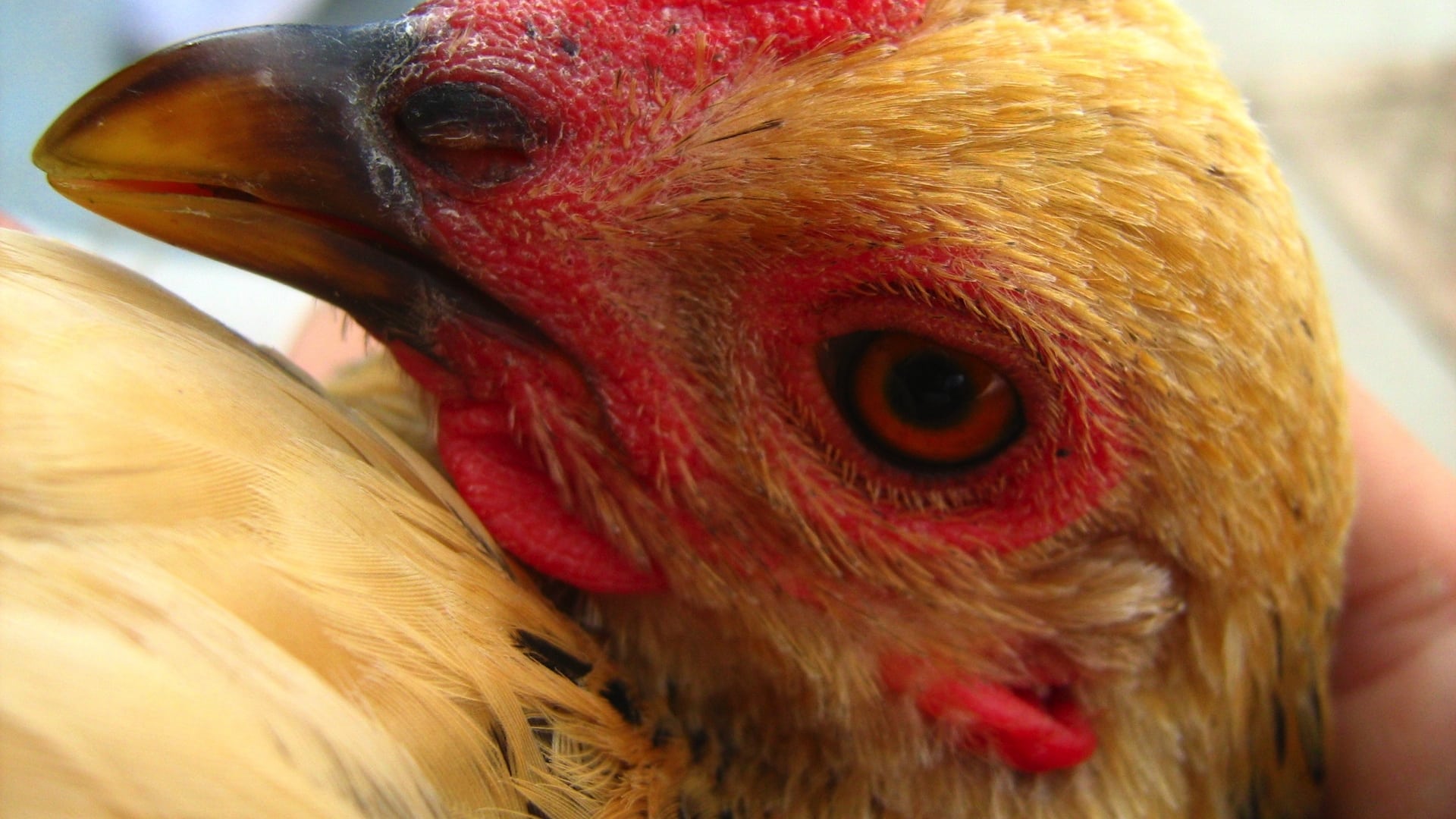
The disease can be recognized by the chicken’s sniffling and coughing, by the eyes that are very watery, and by difficulty breathing. In addition, the animal sits still and also looks really sick. Mycoplasma is contagious but can be completely cured with an antibiotic if detected quickly. Snot can have various causes, such as poor nutrition, heat, or too many chickens in too small a space. If the disease is detected too late or if no treatment is given, snot can be fatal.
Snot is a chronic respiratory disease
The actual name for snot is CRD, the abbreviation for Chronic Respiratory Disease, and is caused by a bacterium. The name of this bacterium is Mycoplasma gallisepticum. This is why snot is also called Mycoplasma. It is a chronic respiratory disease with inflammation of the nasal cavity, eye cavity, membranes of the eyes, trachea, lungs, and air sacs.
Recognizing the Symptoms of Snot
Because the respiratory disease is accompanied by various inflammations on the head of the chicken, the symptoms are very clearly visible and there is no doubt whether the snot is actually snot.
How can you recognize the disease snot
- sniffle and cough?
- have trouble breathing.
- have watery eyes.
- often sit still.
- look sick.
Causes of snot in chickens
There are several causes for the outbreak of the disease: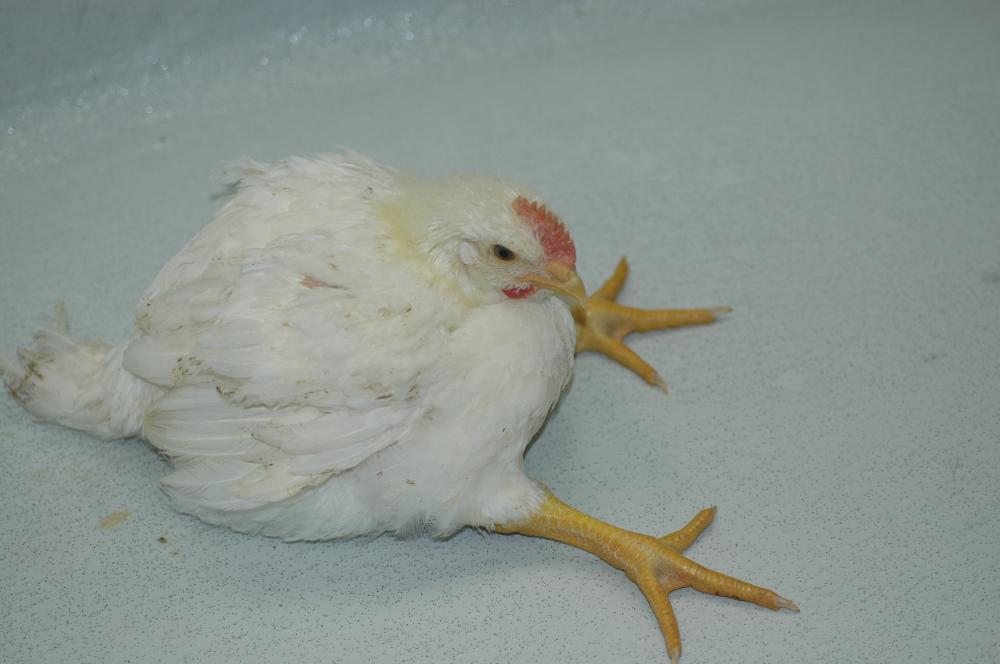
- infection with a carrier of the disease, for example, a wild bird.
- poor nutrition.
- reduced resistance.
- an environment that is too warm.
- high humidity.
- poor ventilation in the run or loft.
- too many chickens in a small area.
Treating Snot
Snot is contagious and healing depends on the degree of infection. If detected in time, this chicken disease is easy to treat.
At the vet
With antibiotics from a vet, the animal will be completely cured. During this time, avoid contact with the infected chicken with the other chickens. Treat the remaining chickens preventively by adding a small amount of the antibiotic to the drinking water.
At the pet store
Anti-snot products are also available in pet stores. However, these contain fewer or different active ingredients. Even now, the degree of contamination determines the effectiveness of the product.
Prevent Snot
There is no guarantee that the disease will not break out. External factors can also play a role in this, for example, an infected wild bird, but reducing the risk is not a difficult task in itself. For a good condition of the chickens, you have to pay particular attention to hygiene.
Reduce the risk of snot breaking out
Because snot is caused by bacteria, you can try to keep it outside the loft with good hygiene.
- Provide good nutrition.
- Pay attention to good housing.
- Provide adequate ventilation.
- Change the ground cover regularly.
- Give some extra vitamins to animals with reduced resistance, for example when they are molting.
So for good condition, the chicken farmer really does not have to work the snot in front of his eyes.


